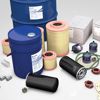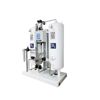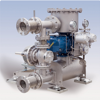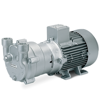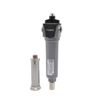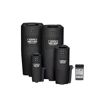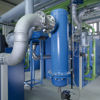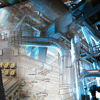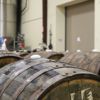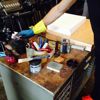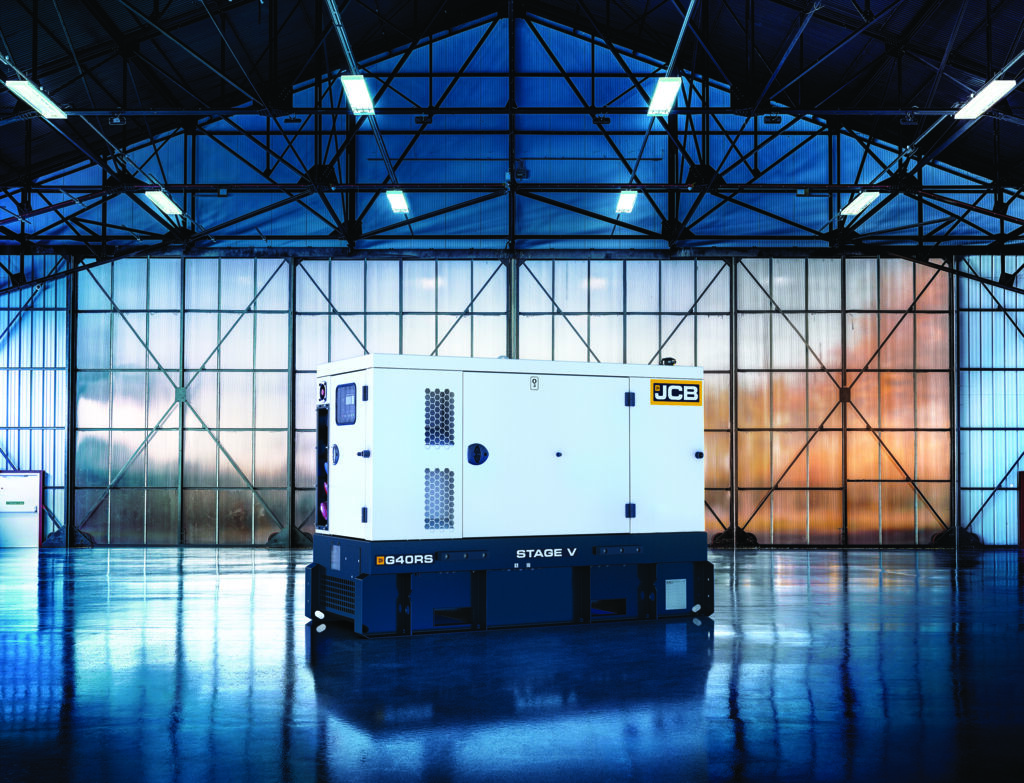Everything you need to know about vacuum pumps.
Vacuum pumps play a pivotal role in various applications, ranging from manufacturing to scientific research. At SIA Compressors & Generators, we supply a comprehensive range of Elmo Rietschle vacuum pumps, renowned for their reliability and efficiency. This blog will explore how vacuum pumps work, the different types of vacuum pumps supplied by SIA and, finally typical applications they are used in.

How Do Industrial Vacuum Pumps Work?
At its core, a vacuum pump is designed to remove gas molecules from a sealed volume, thereby creating a partial vacuum. The working principle involves the mechanical or physical removal of air and other gases to achieve the desired vacuum level. Depending on the type of pump, this process can vary significantly in terms of mechanism and efficiency.
Different Types of Industrial Vacuum Pumps
At SIA Compressors & Generators, we offer a diverse selection of vacuum pumps, each tailored to specific applications and requirements. Here’s a closer look at the different types of vacuum pumps we supply:
Liquid Ring Pumps: These pumps use a liquid, usually water, to create a seal around the rotor. They are known for their simplicity, durability, and ability to handle wet and dry gases. Ideal for harsh environments, they are often used in chemical and petrochemical industries.
Rotary Vane Pumps: Featuring a series of vanes mounted on a rotating drum, these pumps are highly efficient and versatile. They are commonly used in laboratories, medical applications, and the food packaging industry due to their reliable performance and low maintenance requirements.
Oil-Lubricated Pumps: These pumps use oil to lubricate moving parts and seal gaps, ensuring a high level of vacuum and durability. They are widely used in applications requiring high vacuum levels, such as in the automotive and aerospace industries.
Claw Pumps: Known for their dry-running operation, claw pumps use two rotors to trap and compress gas. They are highly efficient and have a long service life, making them suitable for demanding industrial applications.
Rotary Lobe Pumps: These pumps feature two lobes that rotate to create a vacuum. They are robust and capable of handling large volumes, making them ideal for wastewater treatment and bulk material handling.
Screw Pumps: Using two synchronized screws, these pumps compress gases without the need for lubrication. They are highly efficient and can handle a variety of gases and vapours, commonly used in chemical processing and pharmaceutical industries.=
What Vacuum Pumps Are the Quietest?
Noise levels can be a critical factor when choosing a vacuum pump, especially in environments where noise pollution needs to be minimised. Among the various types, rotary vane pumps and liquid ring pumps are often regarded as the quietest. Their design and operation typically result in lower noise emissions, making them suitable for settings where a quieter operation is essential.
What Industrial Applications Are Vacuum Pumps Used For?
Vacuum pumps are indispensable in numerous industrial applications. They are extensively used in:
Manufacturing: For processes such as vacuum forming, degassing, and drying.
Medical and Laboratory: In applications like vacuum filtration, freeze-drying, and creating controlled environments.
Food and Beverage: For packaging, preservation, and bottling processes.
Chemical Processing: In distillation, evaporation, and crystallization processes.
Environmental Engineering: For soil remediation and wastewater treatment.
What Vacuum Pumps Do SIA Provide?
At SIA Compressors & Generators, we understand the diverse needs of our clients and strive to provide vacuum pumps that meet the highest standards of performance and reliability. Elmo Rietschle vacuum pumps, known for their innovative design and efficiency, are a testament to our commitment to quality.
For more information on how our vacuum pumps can benefit your operations, please contact us today. Our team of experts is ready to assist you in finding the perfect solution for your needs.

